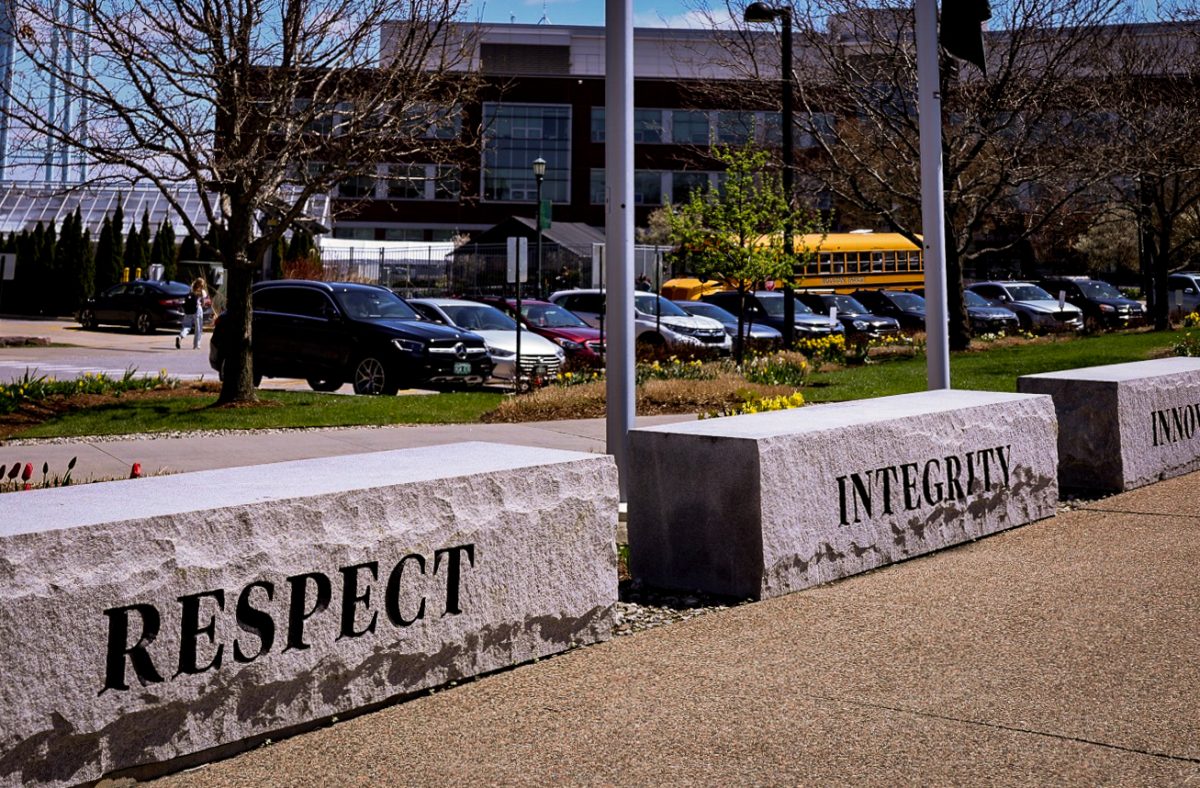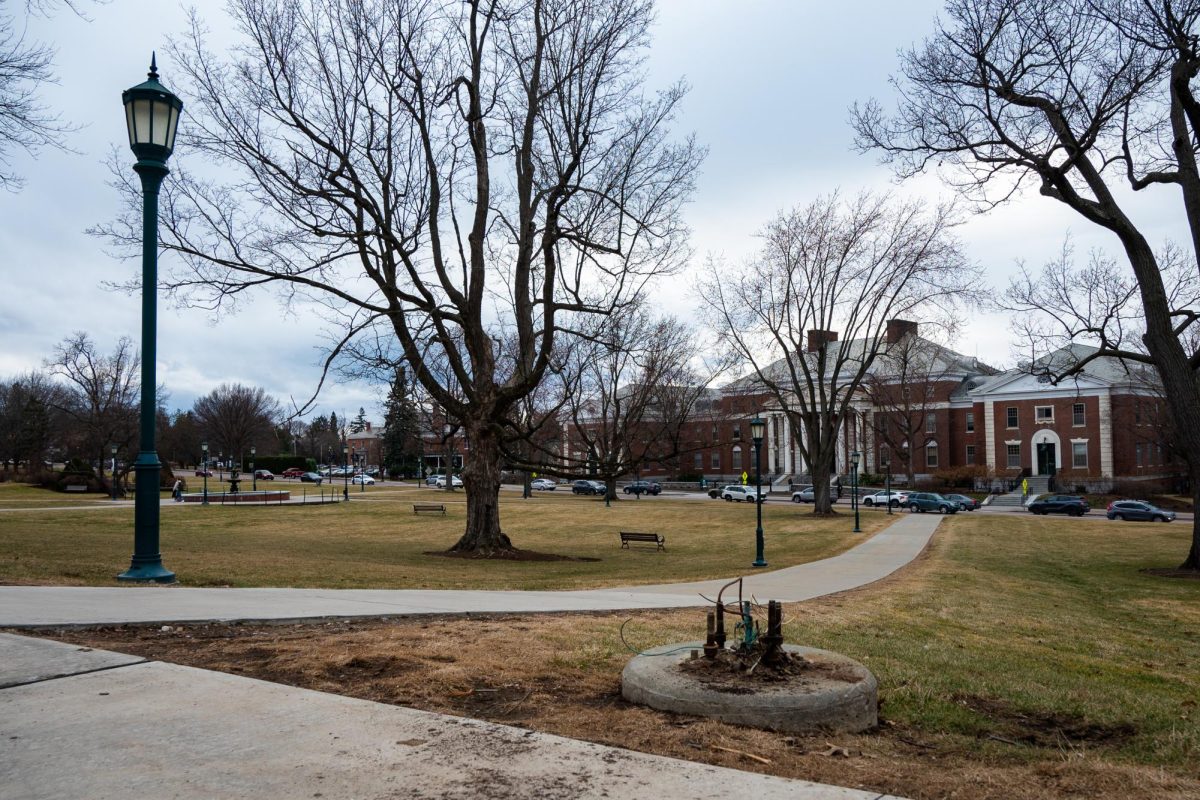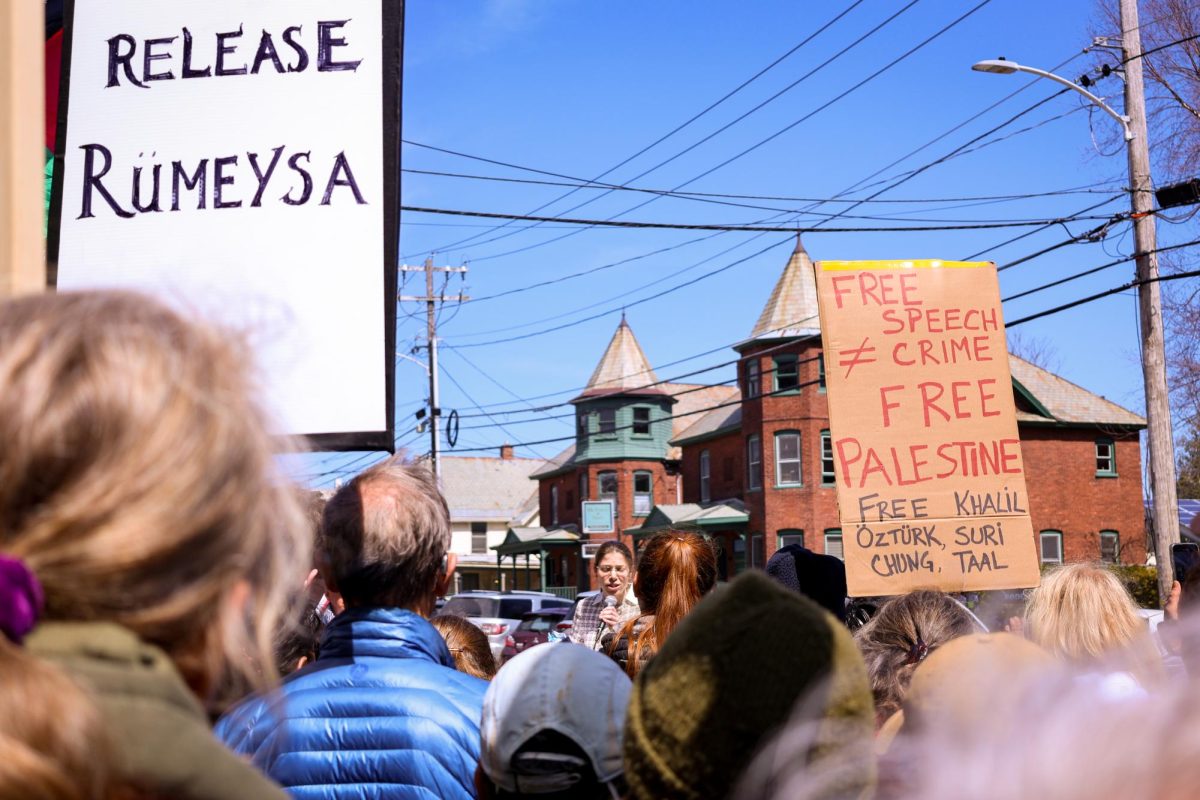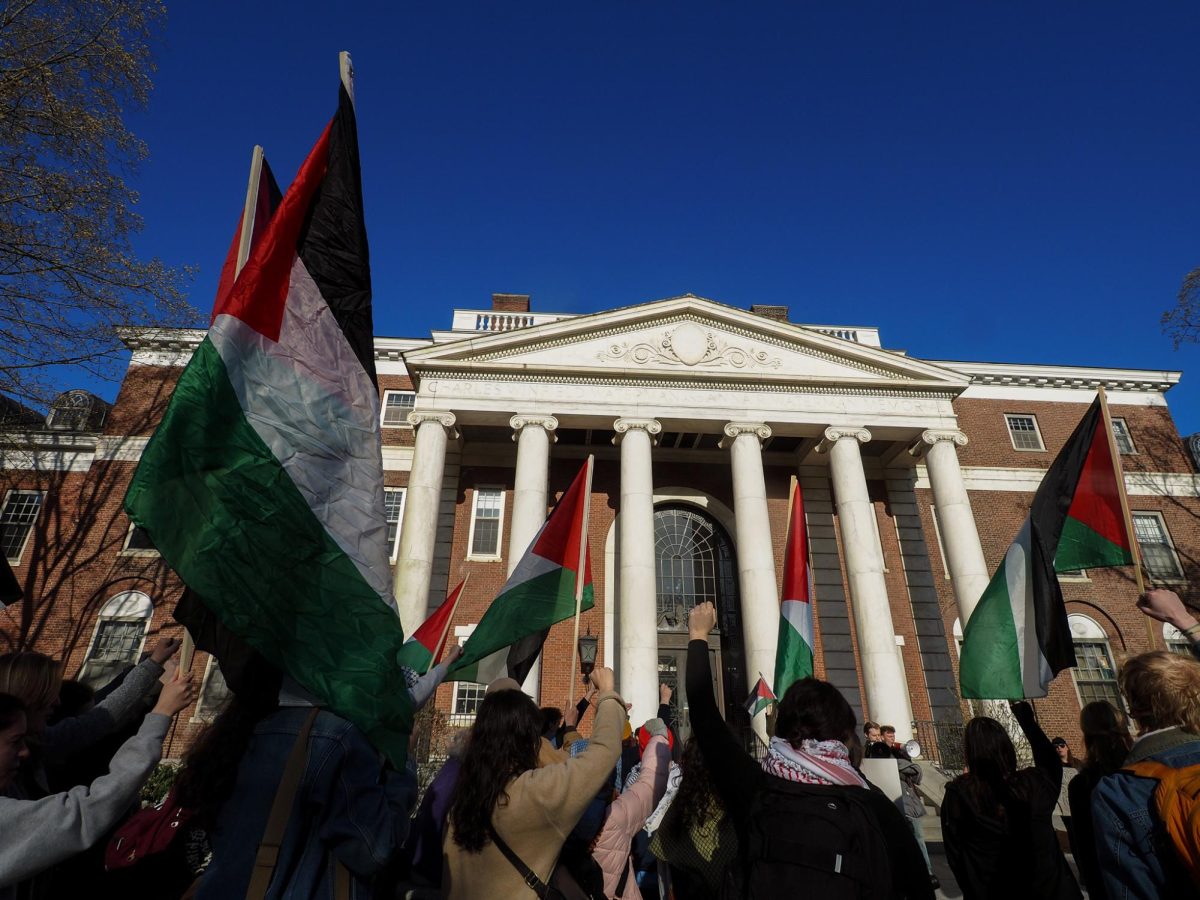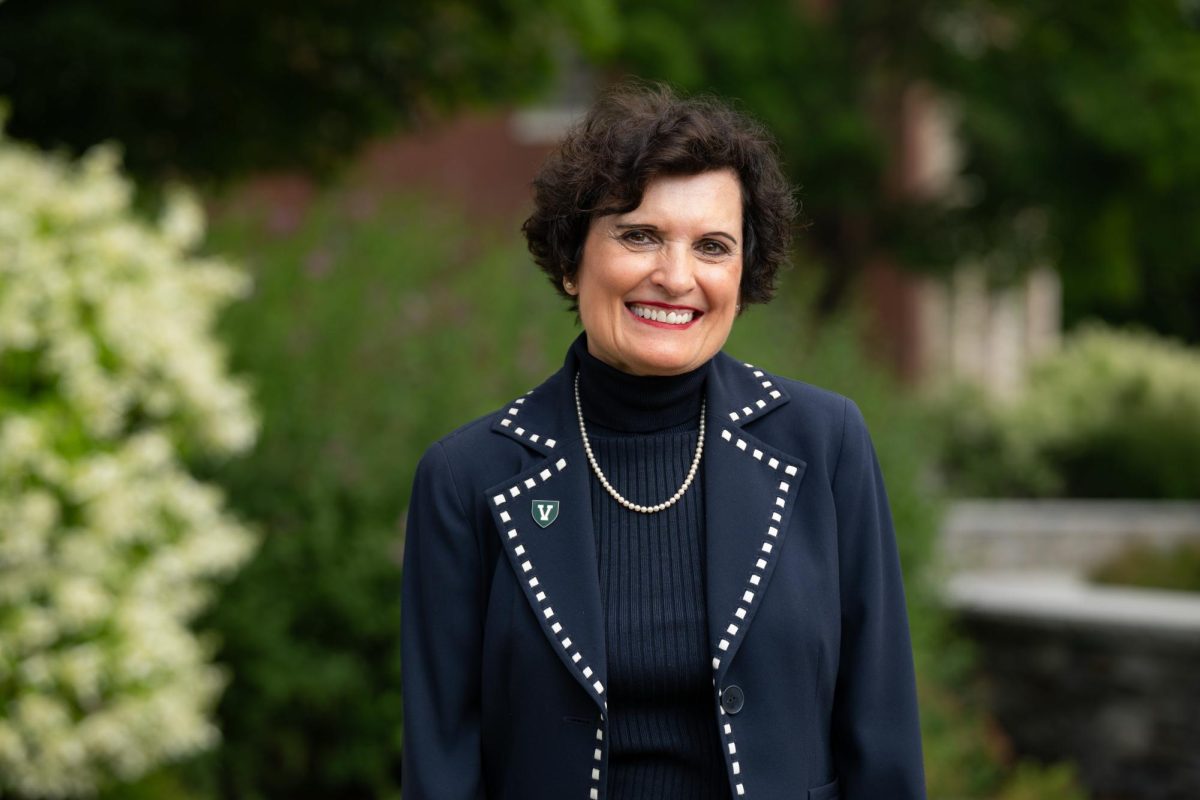After the administration’s yearlong selection process, it has approved three “spires of excellence,” complex systems, food systems, and neuroscience, behavior and health. “We have just selected faculty-led steering committees for each of the spires,” Interim Provost Jane Knodell said. As the shepherds of their respective spires, steering committees will lay the foundations that will ultimately shape the spires’ destinies. The Transdisciplinary Research Initiative (TRI) is designed to map UVM’s existing and emerging academic strengths and to use those findings to become a recognized center for learning and discovery in selected fields, President Daniel Mark Fogel said. Responsibilities of the steering committees include guiding research direction, overseeing faculty hires, creating metrics and evaluating performance, according to an internal memo. “The [goal] is to develop and foster collaboration within the spire that enhances research and education within UVM,” Rae Nishi, chair of the Neuroscience, Behavior and Health Steering Committee, said. While many are excited about the opportunities that the initiative presents, some remain weary of the effects that the TRI may have on non-spire related departments. Others question whether the three spires chosen truly reflect the University’s emerging academic strengths. Current conflict: Since its initiation, TRI has been a topic of enthusiasm from administrators, debate among faculty and confusion throughout the student body. Chair of the chemistry department Dwight Matthews questioned where the spire funding would come from. “You have to take away from somebody to give to somebody else,” Matthews said. “That’s the bottom line, there is no way around that.” The chemistry department faces a growing need for faculty because of retiring professors and increasing undergraduate enrollment, Matthews said. “We have had retirements but we haven’t had sufficient assets to hire new faculty that we need,” Matthews said. “The money has been restricted for the spires.” Two chemistry professors are retiring at the end of this year, but the department has only been allowed to hire one new professor, Matthews said. “The administration understands that the chemistry department has a need to hire more than one person. That’s not happening,” he said. “We have been granted one position to hire with the mandate that it must align with one of the spires.” Matthews said that he is concerned because the best chemistry professor may not be a spire-aligned professor. “We want to hire the best candidate, the most successful in teaching, building a research program and bringing funding to the University,” he said. “If they don’t align with a spire, should we not hire them?” Chemistry is not the only department feeling the squeeze, English department Chair Tony Magistrale said. “English lost three tenured positions two years ago,” Magistrale said. “So far, central administration has allowed us to replace one of the three vacancies.” But for some departments, TRI has had no negative effects at all. “My department was allowed to hire in ancient philosophy — utterly unrelated to the TRI,” professor of philosophy Don Loeb said. “That shows that the administration has not forgotten the importance of non-TRI related scholarship and teaching.” Matthews also said he was concerned about whether or not the spires will facilitate collaboration. “People that have an interest in applied economics or outreach won’t necessarily be interested in better cheese or food safety such as pathogen containment,” Matthews said, referring to the food systems spire. “Collaborations that work the best are natural ones.” Despite the criticisms, there is a strong belief that TRI will be successful at UVM, partly because of its strong history around the nation. Knodell said she remains confident that TRI is going to prove itself as a tremendous asset for the University. “TRI will further position UVM to be on the cutting edge of the production of important new knowledge,” Knodell said. “With greater focus, we’ll be even more competitive for the very best people on the market in the areas in which we’re building strength. This will be a tremendous benefit for undergraduates as well as graduate students.” History of the idea: TRI is not a novel concept, rather, it is a program that many universities have implemented over the past half century, Vice President for Research Dominico Grasso said. “The whole concept of spires began in the 1950s at Stanford,” Grasso said. TRI is part of UVM’s natural progression as an institution of higher learning, former provost John Hughes said. “At some point, it becomes impossible or unwise to continue adding across the board without concentrating resources in a few discrete areas that will bring distinction to the University,” Hughes said. One of the initial discussions about a transdisciplinary program at UVM started several years ago during a retreat for campus leaders, Hughes said. “In January of 2008, a retreat was held that included perhaps 100 representatives from the Faculty Senate, the Student Government Association, the Graduate Student Association, the administration and the staff,” he said. At that time, support for a TRI-esque program seemed unanimous, Hughes said. “The conclusion came through loud and clear from that group that it would be wise to focus resource investment in selected areas of emphasis to build international prominence,” Hughes said. The administration and faculty exchanged ideas for about a year, officially announcing TRI in the fall of 2009. “In the spring of 2009 there were some decisions that we need to kind of focus our research energy,” professor of sociology Tom Streeter said. “Over the summer of 2009, the administration went from that very general mandate to ‘wham — this is how it is going.'” The administration officially notified professors of TRI on Oct. 2, 2009, when Interim Provost Jane Knodell issued a letter to all faculty members. “We write today to announce the University’s Transdisciplinary Research Initiative, and to invite your participation in shaping the research and scholarly future of the University of Vermont,” the letter stated. The administration, in collaboration with select faculty members, had already determined eight initial categories that the spires would fall under, a decision that Tom Streeter said he thinks was a mistake. “They had a bunch of administrators decide what the initial eight would be,” Streeter said. “You would have gotten different results if you talked to the entire community.” The purpose of the letter was to issue a call for nominations to working groups, the letter said. “The task of each group is to identify a particular ‘spire of excellence,’ within its broad transdisciplinary topic area,” Knodell said in the letter. Eight working groups were to be formed, one for each spire. Streeter said he thinks that the administration chose participants for working groups based on the wrong criteria. “Enthusiasm and ambition was a better definer of someone being on a committee than expertise,” Streeter said. Furthermore, the working groups were forced to move at an uncomfortably rapid pace, he said. “You need a few years of people working together as a coherent group,” Streeter said. “They wanted this to happen in weeks. The process wasn’t designed to be rigorous, it was more the process used to decide a theme party.” “I was on a spire committee on culture and society,” Streeter said. “We felt like a random bunch of folks thrown together trying to cook something up.” Working group membership was finalized on Oct. 26, 2009, with proposals due on Jan. 22, less than three months later. Upon submission, a number of committees reviewed the proposals, including an external group made up of officials from universities throughout the nation. The environmental spire was one of five to get rejected. Streeter cites this as a clear example of the selection process gone awry. “The University has been selling itself as the ‘environmental university’ for 15 years,” Streeter said, “Either we’re not the environmental university or the spires process was not able to identify actual strengths.”
Categories:
TRI moves forward
December 10, 2010
0
More to Discover


